Kameradschaft
7.8 /10 1 Votes7.8
Duration Language GermanFrench | 7.6/10 IMDb Director G. W. Pabst Country Weimar RepublicFrance | |||||||||||||||||||||||||||||||||
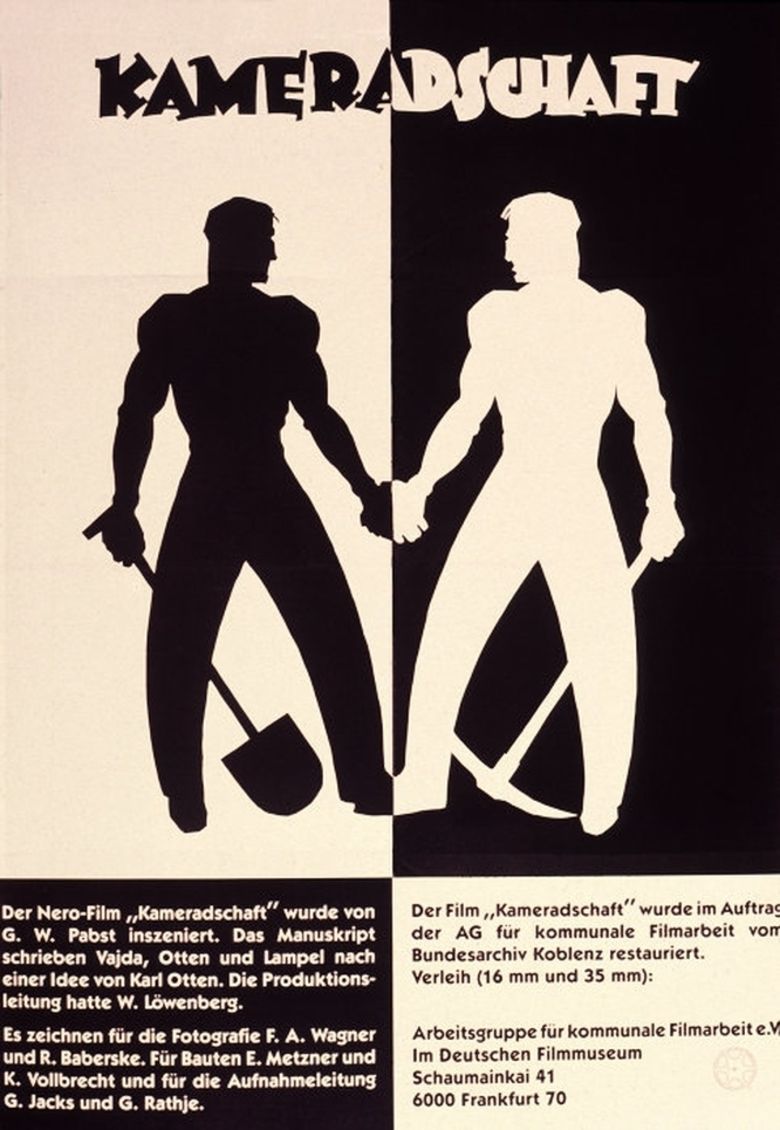 | ||||||||||||||||||||||||||||||||||
Release date 17 November 1931 (1931-11-17) (Germany)29 January 1932 (1932-01-29) (France)8 November 1932 (1932-11-08) (US) Writer Peter Martin Lampel, Karl Otten, Gerbert Rappaport, Ladislaus Vajda, Leon Werth (French dialogue) | ||||||||||||||||||||||||||||||||||
Comradeship (German: Kameradschaft, known in France as La Tragédie de la mine) is a 1931 dramatic directed by Austrian director G. W. Pabst. The French-German co-production drama is noted for combining expressionism and realism.
Contents
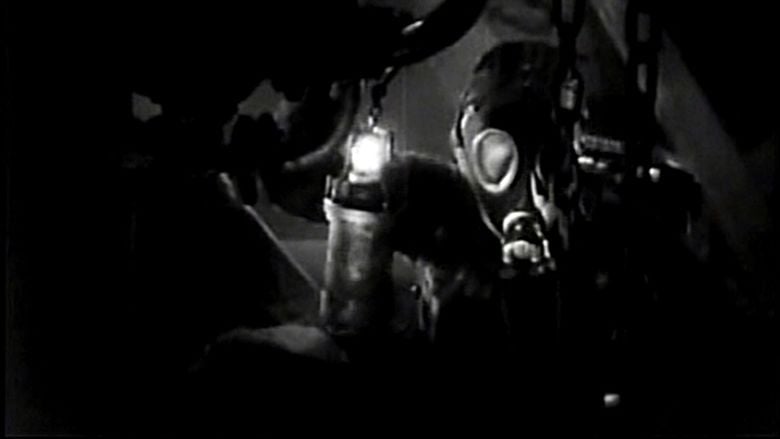
The picture concerns a mine disaster where German miners rescue French miners from an underground fire and explosion. The story takes place in the Lorraine/Saar region, along the border between France and Germany. It is based on an actual historical event, one of the worst industrial accidents in history, the Courrières mine disaster in 1906 in Courrières, France, where rescue efforts after a coal dust explosion were hampered by the lack of trained mine rescuers. Expert teams from Paris and Germany – miners from the Westphalia region – came to the assistance of the French miners. There were 1,099 fatalities, including children.
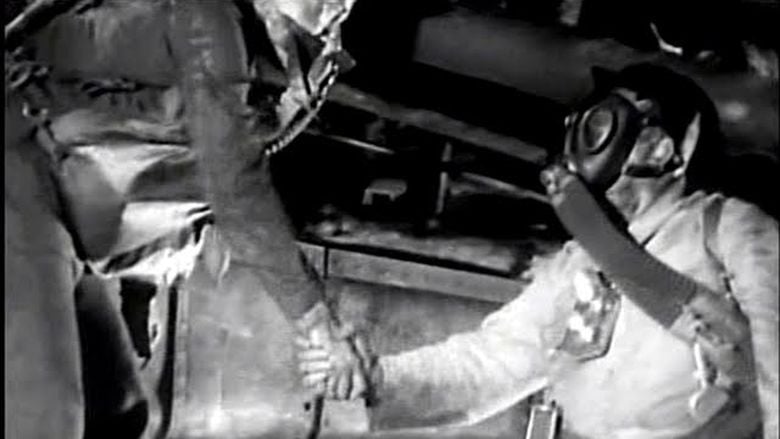
Kameradschaft in German means a bond between soldiers or those who have similar opinions and are in friendship. The word is similar to comradeship, camaraderie or fellowship.
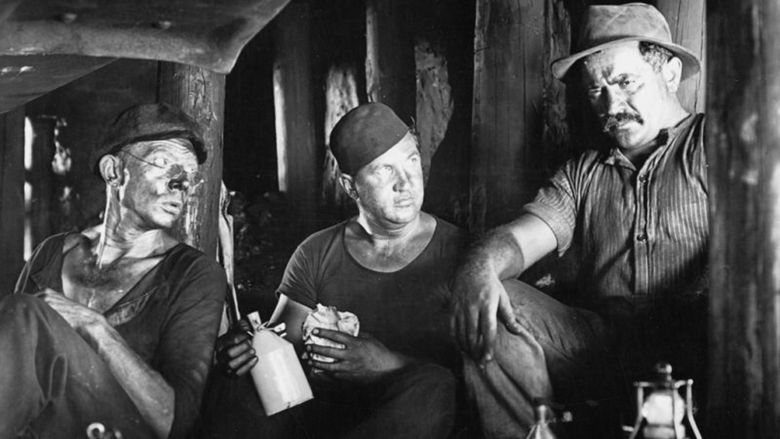
Plot

Two boys, one French and the other German, are playing marbles near the border between the two countries. When the game is over, both boys claim to have won, and complain that the other is trying to steal their marbles. Their fathers, border guards, come and separate the boys.

In 1919, at the end of World War I the border between France and Germany changes, and an underground mine is split in two, with a gate dividing the two sections. An economic downturn and rising unemployment adds to tension between the two countries, as German workers seek employment in France but are turned away, since there are hardly enough jobs for French workers.
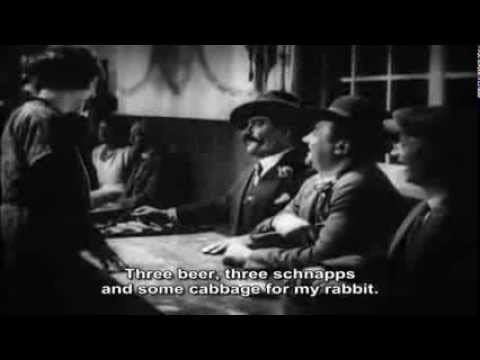
In the French part of the mine fires break out, which they try to contain by building many brick walls, with the bricklayers wearing breathing apparatus. The Germans continue to work on their side, but start to feel the heat from the French fires.
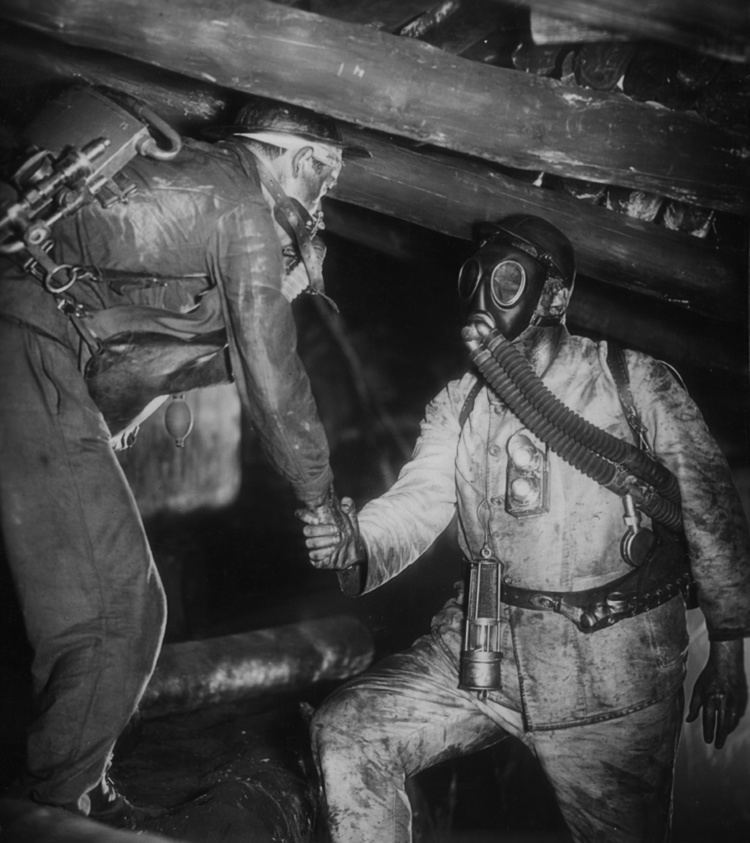
Three German miners visit a French dance hall and one of them almost provokes a fight when Francoise (Andree Ducret), a young French woman, refuses to dance with him. The rejected miner thinks its because he's German, but it's actually because she's tired. She and her boyfriend, Emile (Georges Charlia), a miner, leave, and she expresses her distress over the stories about fires and explosions in the mine. The next morning, he stops in to say goodbye to her before she leaves for Paris, then he and her brother, Jean (Daniel Mendaille), another miner, leave for work.

The fire gets out of control, causing an explosion that traps many French miners. In response, Wittkopp (Ernst Busch) appeals to his bosses to send a rescue team. As they ride out of town to help, the leader of the German rescue effort explains to his wife that the French are men with women and children and he would hope that they would come to his aid in similar circumstances.
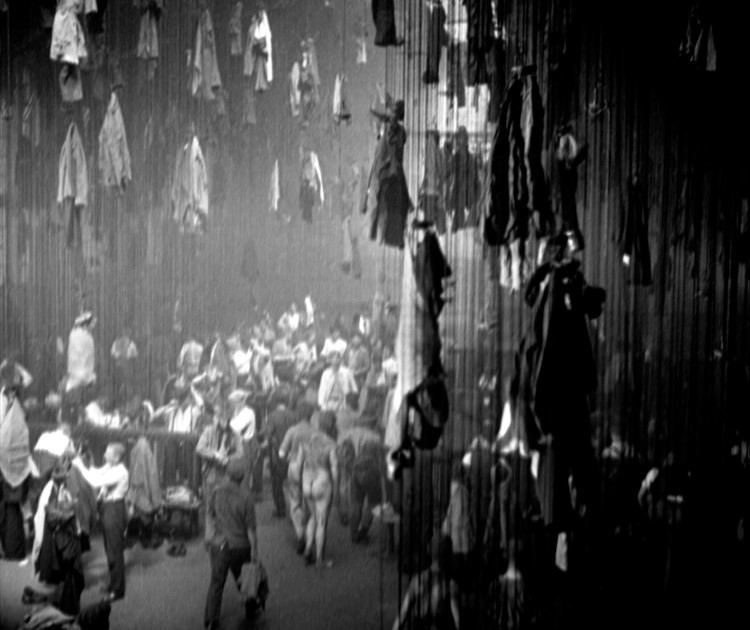
The trio of German miners breaks through the gate that marks the 1919 border. On the French side, an old retired miner (Alex Bernard) sneaks into the shaft hoping to rescue his young grandson (Pierre-Louis).
The Germans successfully rescue the French miners, not without difficulties. After all the survivors are rescued, there's a big party with speeches about friendship between the French and Germans.
French officials then rebuild the mining gate, and things return to the way they were before the disaster and rescue.
Production
Although the scenes which take place inside the mine look extremely real, they were, in fact, sets designed by Erno Metzner and Karl Vollbrecht, who were meticulous about their authenticity and detail.
As with his previous film, Westfront 1918, his first talkie, Pabst did not utilize the soundproof booths which Hollywood studios used to mask the sound of the camera from the microphone, instead employing a sound proof case called a "blimp", which gave the freedom to move the camera around.
Critical response
Film critic Daniel Curran calls the film "A heartfelt plea for peace and internationalism." While calling the narrative over-sentimental, Curran wrote, "Pabst's plea for a peaceful future is both noble and honest, his direction of the heartbreak and devastation [is] enhanced by the brilliant cinematography by Fritz Arno Wagner and Robert Baberske, and the frighteningly real set design by Erno Metzner and Karl Vollbrecht."
When the film was released in the United States in 1932, Mordaunt Hall, film critic for the New York Times, praised the realism and the screenplay, writing "[Kameradschaft is] one of the finest examples of realism that has come to the screen ... [the] scenes in the mine are so real that one never thinks of them as being staged ... [and] [t]hroughout the length of this tale of horror one feels as though one were permitted through some uncanny force to look into all parts of the mine ...All the noises and sounds are wonderfully natural."
Variety also gave the film a positive review, praising the direction, story, and cinematography, writing that "Pabst has made [the film] a powerful recounting and accentuates more the happenings than the men ... Photography and architecture are excellent and the sound is clear. Picture is sometimes abrupt and there are some superfluous scenes but this is an outstanding film."
Awards and honors
Kameradschaft was named by the National Board of Review as the Best Foreign Films of 1932.
References
Kameradschaft WikipediaKameradschaft IMDb Kameradschaft themoviedb.org
